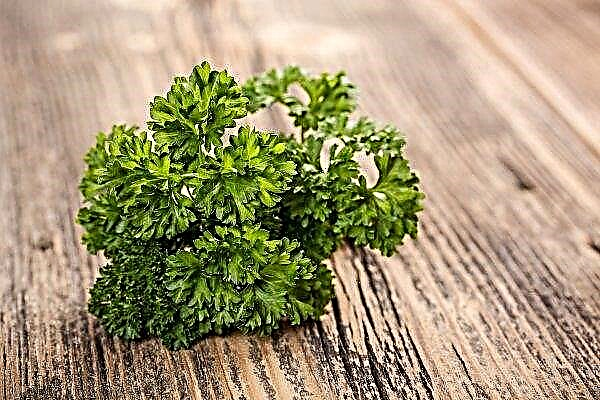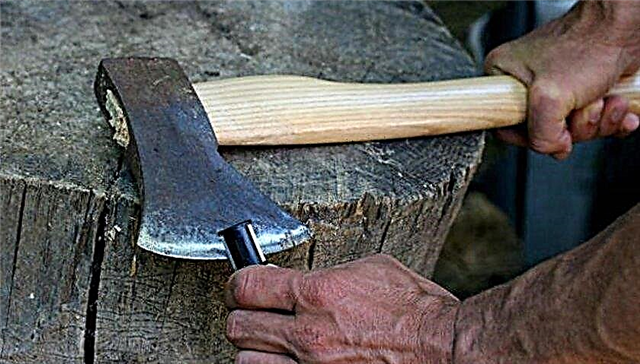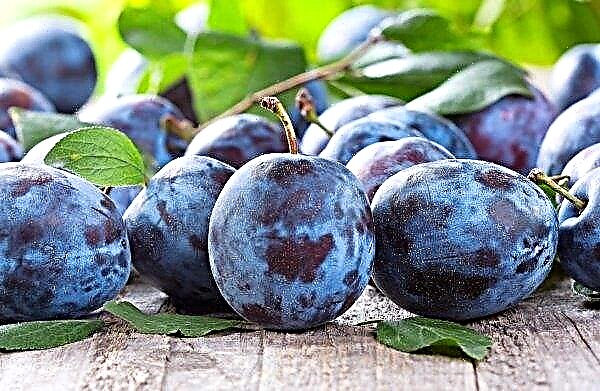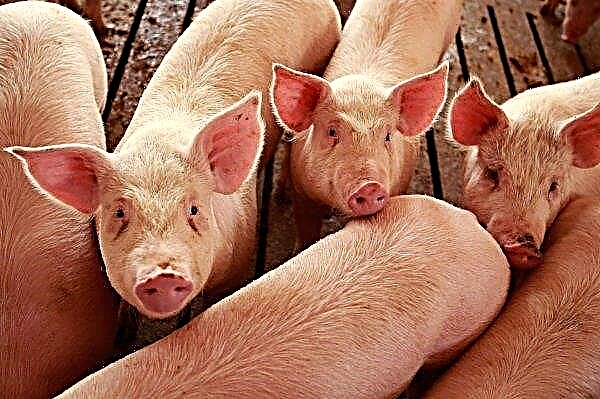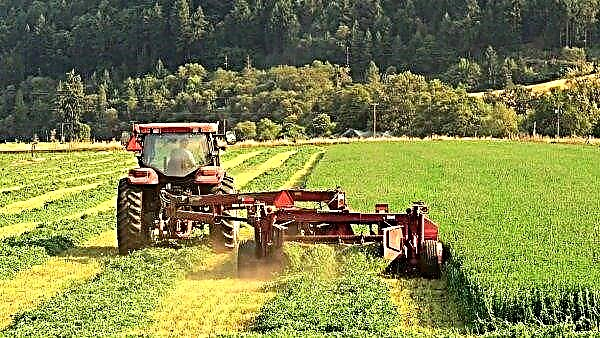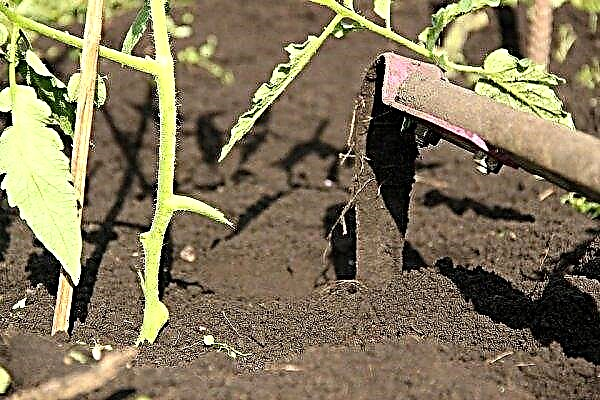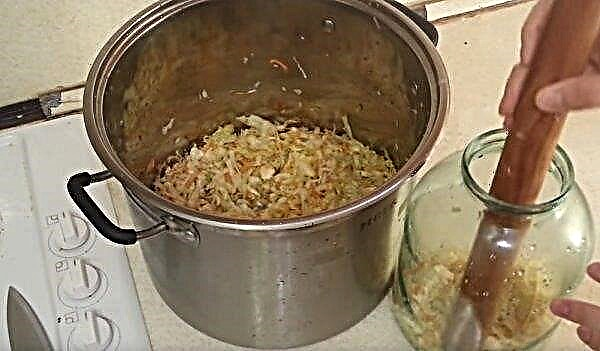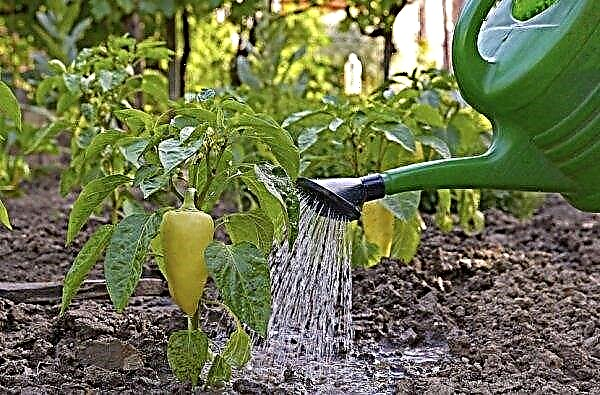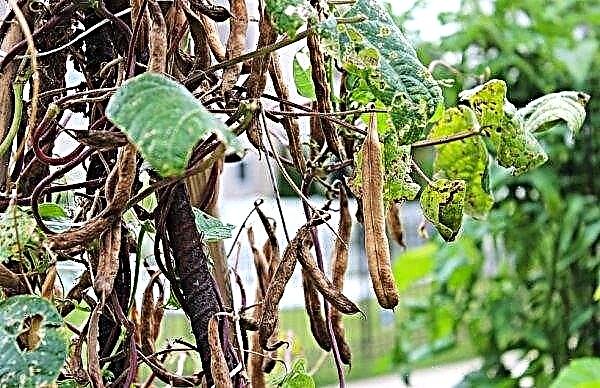Shallots, or family, unlike onions, can not be found in every area. Probably because his turnips are small and take a long time to clean. But it is well stored and has a pleasant taste. And growing it is not at all difficult.
When to plant family onions in the winter
Onion is a cold-resistant plant, so autumn planting is quite suitable for it. You need to plant it 1.5 months before the night frost. Thus, the plant will have time to take root, but the feather will not go to growth. Onions take root at a temperature of + 4 ° C to + 20 ° C. You need to navigate to mid-September.
Did you know? The expedition of Christopher Columbus brought the bow to America. First, the sailors planted it on the island of Isabella, and then they began to grow it on the continent.
Rating of the best varieties for planting in the winter
Not all varieties of "family" are suitable for planting in the winter. Many of them give arrows in the spring. Therefore, many people ask themselves: “shallot” shallots in autumn.
You need to buy already proven varieties that do not shoot:
- Guarantor.

- Debut.

- Albik.

- Fortress.
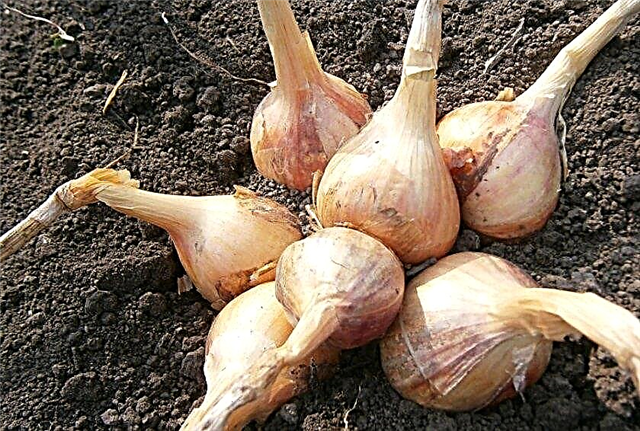
- Sophocles.

- Earring.

- Sprint.
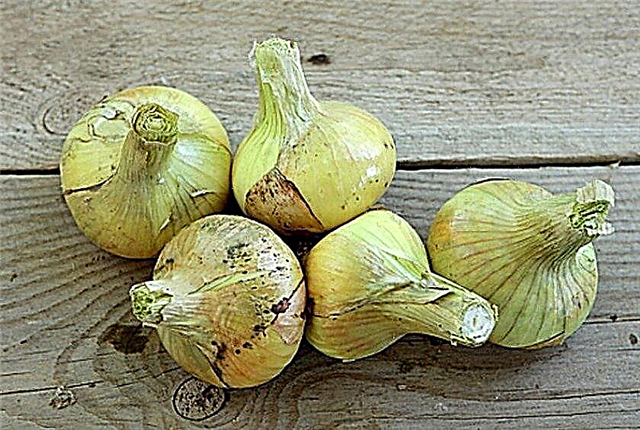
How to plant a family bow in the winter
To get a good result, you need to know how to properly prepare the seeds and soil for planting, and how to plant the seeds in the ground.
Soil preparation
Family onions like slightly acidic nutrient land, quite loose, with good drainage. The site is chosen a little on a hill so that water does not stagnate. It is allowed that before planting onions in the plot grow tomatoes, legumes, cabbage, cucumbers, potatoes. Preliminarily remove all weeds and dig the soil on the bayonet of a shovel, while simultaneously fertilizing. For this, wood ash, humus, compost is suitable. Further, the earth is well fluffed with a rake. Before planting, the soil should be well moistened.
Preparing planting material
To begin with, the existing sevoc is calibrated and sorted, leaving only high-quality material. If the goal is to get more greens in the spring, then the bulbs should be up to 1.5 cm in diameter, and if for turnips, then about 3 cm.
If planting is carried out with sevk, then first it is disinfected in potassium permanganate, then dried. Or they can stand it for 5 minutes in a solution of sodium chloride (1 tbsp. Per 2 liters of water) and copper sulphate. Then allow to dry completely and can be sent to the ground.
Seeds before planting are soaked in warm water, left for 3 hours. Then they are wrapped in a damp cloth and incubated for 2 days. Finally, they are treated in a solution of potassium permanganate.
Important! Pheating the onions for 30 minutes in the oven at + 40 ° С it also disinfects and in the fall such treatment is even better than soaking.
Landing technology
Depending on the planting material, the procedure for planting onions in the ground is also different.
Seeds
Before sowing a "family", the earth is watered. Seeds are sown to a depth of 1.5 cm with a distance between them of 5-10 cm. The larger the bulb, the greater the distance. Significantly facilitates sowing seeds, their sticker on snails from toilet paper, as described above. Rows from each other are placed at a distance of 20 cm, so that it is convenient to weave in spring.
Sevkom
Sews begin to plant in mid-October - early November. The difference in terms depends on the region - in the Urals it will be October, or even the end of September, and in the suburbs it is quite possible to postpone work until November. On the selected and prepared site make even beds up to 5 cm in depth.
To disinfect the earth, water it with a potassium permanganate solution or just boiling water. When the water leaves, the seeds are carefully laid in the ground, not pressing too hard so as not to damage the roots. 5-8 cm between the bulbs and 20 cm between the rows. Before the rows are covered with earth, markings should be placed on both sides - so in the spring it will be clear where the greens will appear.
Post Planting Care
What is good landing for the winter, so that virtually no care is required.
Watering
Typically, moisture is enough in the fall and watering is not required. But if there is no rain, and the weather is warm, then watering is necessary. Otherwise, the bow will not take root and disappear into the ground. It will be enough to water the beds in the first 3 weeks after planting 1-2 times a week.
Important! Onions do not tolerate excess moisture, especially when it is cold outside. Watering is necessary only in warm weather.
Loosening and thinning
In the fall, the land with planting no longer requires loosening, but in spring it needs to be done as soon as the snow has melted and the soil will not reach for the chopper. In general, a family onion loves loose soil - its roots need free air. The earth is loosened after each watering and rain. If as a result of sowing seeds there are thickened places, then weaker plants are torn out into greens.
Pest and Disease Control
Onions can be attacked by pests such as:
- nematode;
- onion fly;
- aphid.
Although with winter planting, the onion fly is not so scary - the plants have time to grow and get stronger before it multiplies. As a preventive measure, you can use the planting around the beds of marigolds and nasturtiums. Their smell repels insects. Also, before the defeat, the plants are treated with a salt solution - 1 glass per 10 liters. With a nematode, the affected specimens are removed and burned, and the rows are sprinkled with lime flour.
Onion flies and aphids can be fought with a mixture of ash, black pepper and tobacco dust. The beds are either sprinkled with it, or infusion is made and healthy plants are sprayed. And a very aggressive way of dealing is insecticide treatment. In this case, the feather is no longer suitable for food, and the family onion is grown more for this.
Did you know? A British pensioner from Nottinghamshire raised an 8 kg bulb, which is listed in the Guinness Book of Records.
If in the fall the bulbs were correctly processed and the site was located according to the requirements of agricultural technology, then lesions with fungi should not occur. If infection has occurred, then the diseased plants are removed, and the area is sprayed with Bordeaux fluid. In the next 4 years, “family” is not planted at this place.
Features of harvesting and storage of crops
The onion itself makes it clear that it is time to pick it up from the garden - the feather dries and lies on the ground. On a dry, clear day, they dig it out or dig it out of the ground and leave it to dry in the garden. In the evening they clean up the barn or the attic and dry it there. For good keeping quality, turnips need dryness and warmth. It can be stored in braids or in bulk, in boxes.

Despite its modest size, shallots compensate for this shortcoming with good productivity, unpretentiousness and excellent taste. All gourmets must definitely get it on their site.








